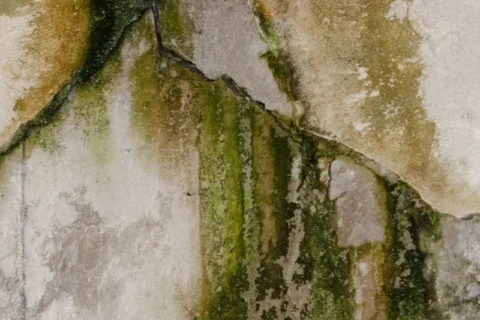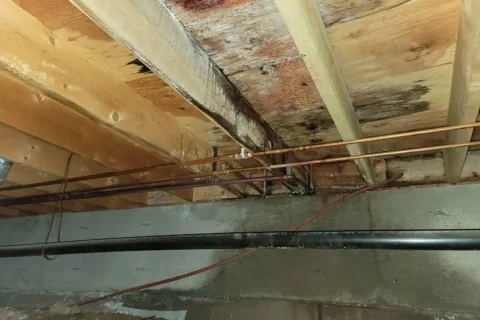Is Your Basement Ready for Snow Melt?
Few things produce more water than a heavy rainstorm. The ground becomes saturated, the gutters are pouring all that water from your roof all over your yard, sinking deep underground and saturating the soil around your home. Most of us are relieve by the time the snow starts falling, because that means frozen soil and less flowing water!
Although that’s not necessarily true for all homes (water can still flow deeper underground in winter), it’s certainly a relief for some. The problem starts when the snow begins to melt. This often overlooked phenomenon that produce huge amounts of water; and if your basement or crawl space leaks, you may be in for some serious seepage!
General Tips
To avoid a snow melting disaster, start with the sump pumps. Water-test your pumps manually to ensure proper and consistent operation. We recommend doing this a couple times a month anyway, but pay close attention to it right before a big snow melt.
Additionally, make sure you’re gutter downspouts are extended at least 4 feet away from your foundation. The melting snow from your roof will melt into your gutters, adding a lot of water to the ground around your home.
Another tip that you may want to consider, is to actually shovel some of the snow away from your foundation. The less snow you have piled up against your home, the better!
Ready to Get Started?
Contact Us Today to Schedule a No Pressure, No Obligation, Free Quote!


